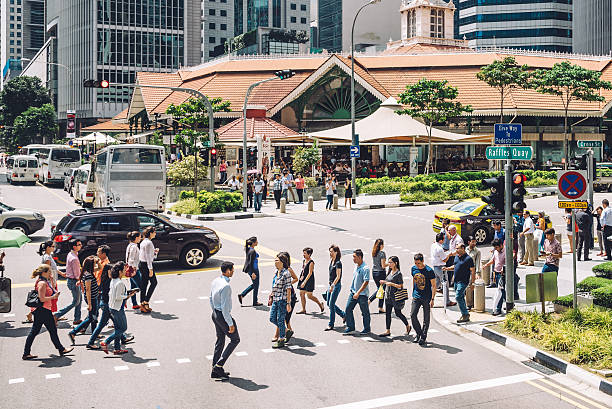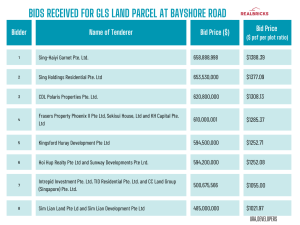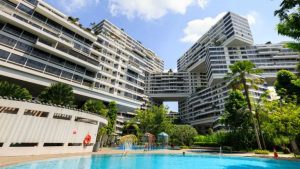
Pedestrians crossing street in Singapore, China
Singapore’s population has reached a historic 6.04 million as of June 2024, marking a 2% rise from last year. This is the first time the population has surpassed six million, primarily driven by a 5% increase in the non-resident population, which now totals 1.86 million.
This growth presents several advantages for property owners:
- Increased Rental Demand: With non-residents comprising nearly one-third of Singapore’s population, demand for rental properties is set to rise. Work permit holders, who represent 44% of non-residents, along with migrant domestic workers and international students, are boosting the rental market. This presents a solid opportunity for landlords to capitalize on higher occupancy and rental yields.
- Property Value Appreciation: A growing population places upward pressure on property prices. With more residents seeking homes, demand outstrips supply, leading to property appreciation. Owners could see their property values rise as population-driven demand strengthens the market.
- Economic Boost: Non-residents, including skilled foreign talent, play a critical role in sectors like construction, financial services, and healthcare. Their contribution boosts Singapore’s economy, reinforcing the stability and growth of the property market. A strong economy, in turn, promotes long-term demand for both residential and commercial properties.
With projections suggesting Singapore’s population could reach 6.37 million by 2030, property owners stand to benefit from sustained demand and growing opportunities in an evolving real estate landscape.



